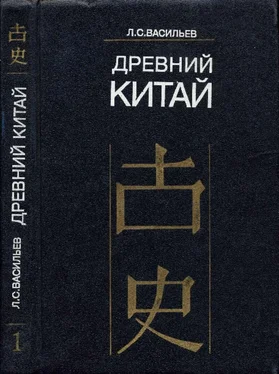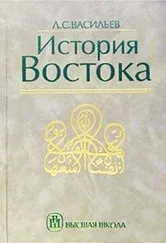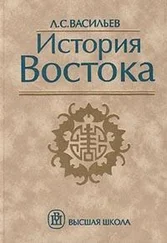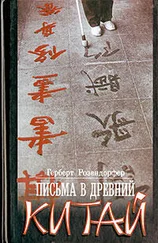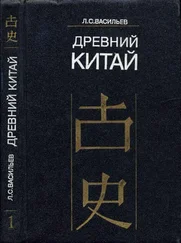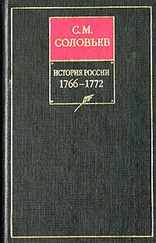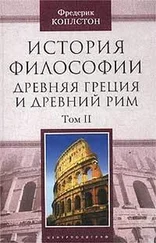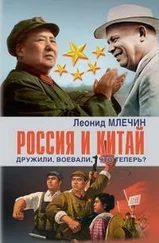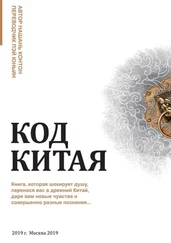203. Karlgren B. Some Fecundity Symbols in Ancient China. — BMFEA. 1930, № 2.
204. Karlgren B. The Early History of the Chou Li and Tso Chuan Text. — BMFEA. 1931, № 3.
205. Karlgren B. Grammata Serica. — BMFEA. 1940, № 12.
206. Karlgren B. Some Weapons and Tools of the Yin Dynasty. — BMFEA. 1945, № 17.
207. Karlgren B. Legends and Cults in Ancient China. — BMFEA. 1946, № 18.
208. Karlgren B. The Book of Documents. — BMFEA. 1950, № 22.
209. Keightley D.N. (ed.). The Origin of Chinese Civilization. Berkeley, 1983.
210. Kennedy G.A. Interpretation of the Ch'un Ch'iu. — Journal of the American Oriental Society. Vol. LXII. Baltimore, 1942.
211. Lau D.C. Confucius. The Analects (Lun yu). Harmondsworth, 1979.
212. Legge J. The Chinese Classics. Vol. I–V. Hongkong-London. 1861–1872 (led.); Taipei, 1985 (reprinted).
213. Legge J. The Li Ki. Sacred Book of China. The Text of Confucianism transl. by J. Legge. Vol. 1–2. Oxf., 1882; reprinted by Ch'u Chai & Winberg Chai. N. Y., 1967.
214. Lewis M.E. Sanctioned Violence in Early China. N. Y., 1990.
215. Li Xueqin. Eastern Zhou and Qin Civilization. Yale, 1985.
216. Loehr M. Chinese Bronze Age Weapons. Ann Arbor, 1956.
217. Mair V.H. Old Sinitic myag, old Persian mague, and English «Magician». — Early China 15, 1980.
218. Mair V.H. Mummies of the Tarim Basin. Dissicated Remains Found in Western China Point to the Spread of Indo-Europeans some 4000 Years ago. — Archaeology. 1995, April-May.
219. Maspero H. Legendes myphologiques dans le Chou King. — Journal Asiatique. Vol. 202, 1924.
220. Maspero H. La religion chinoise dans son developpement historique. — Mёlanges posthumes sur les religions et l'histoire de la Chine. Т. 1. P, 1950.
221. Maspero H. China in Antiquity (Engl, transl. of «La Chine antique». P, 1927). Cambr, Mass., 1978.
222. Munsterberg O. Influences occidentales dans Tart de Г Extreme-Orient. P, 1909.
223. Nivison D.S. 1040 as the Date of the Chou Conquest. — Early China 8. 1982–1983.
224. Nivison D.S. Western Chou History Reconstructed from Bronze Inscriptions. — The Great Bronze Age of China. A Symposium. Los Angeles, 1983.
225. Pulleyblank E. Chinese and Indo-Europeans. — Journal of the Royal Asiatic Society. 1966, pt. 1–2.
226. Rickett W.A. Kuan-tzu. Hongkong, 1965.
227. Rotours R. La religion dans la Chine antique. — Brilliant M., Aigrain R. Histoire des religions. T. 1–2. P, 1953.
228. Saussure L. Le systdme cosmologique Sino-Iranien. — Journal Asiatique. T. 202, 1923.
229. Schafer E.H. Ritual Exposure in Ancient China. — Harvard Journal of Asiatic Studies. Vol. 14. 1951.
230. Schindler B. The Development of the Chinese Conceptions of Suprem Beings. — Asia Major. Hirth Anniversary Volume. 1923.
231. Schwartz B. The World of Thought in Ancient China. Cambridge, Mass, 1985.
232. Shaughnessy E.L. The «Current» Bamboo Annals and the Date of the Zhou Conquest of Shang. — Early China 11–12. 1985–1987.
233. Shaughnessy E.L. On the Authenticity of the Bamboo Annals. — Harvard Journal of Asiatic Studies. Vol. 46. 1986, № 1.
234. Shaughnessy E.L. The Origin of an Yijing Line Statement. — Early China 20. 1995.
235. Shaughnessy E.L. Military Histoires of Early China: A Review Article. — Early China 21. 1996.
236. Shah S.I. Oriental Magic. N. Y, 1957.
237. Steele J. The I-li, or Book of Etiquette and Ceremonial. Vol. 1–2. L, 1917.
238. Tempe R. The Genius of China. N. Y, 1987.
239. Tokei F. Sur le mode production asiatique. Budapest, 1966.
240. Tschepe A. Der T'ai-schan und seine Kultstatten. Jentschoufu, 1906.
241. Tschepe A. Histoire du royaume de Tsin (1106-452). Chang-hai, 1910.
242. Vandermersch L. Wangdao, ou La voie royale: recherche sur l^sprit des institutions de la Chine archaique. P, 1977.
243. Waley A. The Analects of Confucius. N. Y„1938.
244. Walker R.L. The Multi-States System of Ancient China. Westport, 1953.
245. Ware J.R. The Sayings of Confucius. N. Y, 1955.
246. Waterbury F. Burd-Deities in China. Ascona, 1952.
247. Wittfogel K.A. Oriental Despotism. New-Haven, 1957.
248. Wright H.K. The Religious Elements in the Tso Chuan. — Journal of the North China Branch of the Royal Asiatic Society. Vol. XLVIII. 1917.
249. Yabuuti K. Chinese Astronomy: Development and Limiting Factors. — Chinese Science (ed. by S.Narayama and N.Sivin). Cambr, Mass, 1973.
ОГК — Научная конференция «Общество и государство в Китае». М.
BMFEA — Bulletin of the Museum of Far Eastern Antiquities. Stockholm
Abstract. L.S. Vasiliev. Ancient China
This book is the second volume (Ch'un-Ch'iu China) of a three-volume publication about the history and culture of Ancient China. The first volume (Prehistory, Shang history and Western Chou history) was published in Moscow in 1995. The third one is being prepared and will be published in several years. This abstract contains a brief review of the contents and the range of problems of the first two volumes. The main purpose of this work is to give a more or less comprehensive characteristic of the ancient Chinese society and its history, the process of sociogenesis and politogenesis, formation of the basis of ideology and culture and establishing traditions. Special attention is given to the genetic links and outside influence that took place during this complex process. The presentation starts with the prehistory of China and finishes with the composition of the empire. The first two volumes are dedicated to the period before the 5th century ВС.
The first volume starts with the presentation of prehistory problems. Chinese archaeology has achieved considerable successes. Since they are well-known it spares us the need to represent them in detail. Interpretation of data obtained by archaeologists and anthropologists is another thing. Personal positions of various specialists may sometimes be completely the opposite. The contents of the first volume are not fully identical to the notions which the majority of specialists tend to adhere to, especially in the CPR. In particular, there are serious grounds to think that a sinantrop was a dead-end branch of the gominid line, although its descendants could have played an important role in the process of miscegenation with migrants from the West. The latter moved along the steppe line and reached America via Bering Isthmus, which is a well-known fact. The finds of the first sapient people on the territory of northern China (the three skulls from the grotto Shangt'ingt'ung) testify the lack of racial distinction or any resemblance to Mongoloid characteristics in each of them. As far as Neolith is concerned, there are no traces of Neolithic revolution on the territory of China. Despite its considerable specifics, the earliest of Neolithic cultures, Yangshao, which ascends to approximately the 6th-5th millennia ВС, belongs to a series of Eurasian cultures of painted ceramics that are well-known to archaeologists according to a number of important enthnogenetic characteristics (paintings on ceramics and their main motifs). The second Neolithic culture, Lungshan, which superceded the first one at the end of the 3rd millennium ВС, was already familiar with the potter's wheel, cattle and cereals (wheat, barley), which were domesticated in the Middle East. This serves as a rather convincing proof of its origin.
Читать дальше
